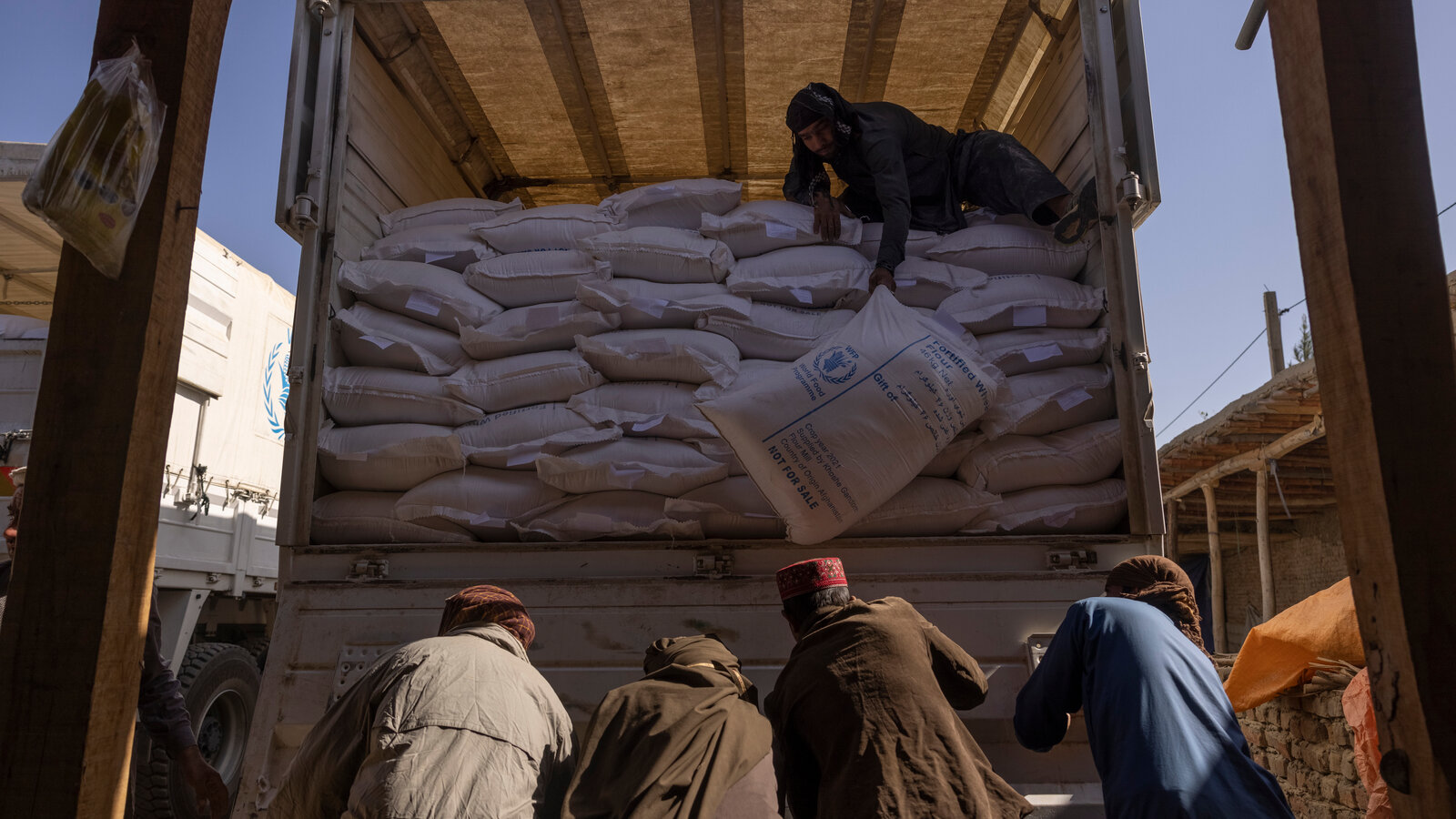Since the Taliban seized control of Afghanistan on August 15, 2021, the country has received approximately $6.7bn in humanitarian funding, according to the United Nations Office for the Coordination of Humanitarian Affairs (OCHA).

The influx peaked at nearly $3.3bn in 2022, coinciding with a record surge in humanitarian needs. In 2023, a staggering 29.2mn people were identified as needing assistance, driven by severe economic decline, a disrupted banking sector, the abrupt halt of bilateral development cooperation, rising food insecurity, and the worst drought in 30 years.
While the situation has stabilized somewhat, with a notable reduction in conflict-related displacement and slight improvements in food insecurity and poverty levels, Afghanistan remains extremely vulnerable. Ongoing threats from natural disasters, climate change, and shifting geopolitical dynamics can quickly generate new needs and exacerbate existing crises. Recent laws, such as the Ministry for the Promotion of Virtue and Prevention of Vice Law, have further entrenched the protection crisis, particularly affecting women and girls.
An impact analysis stresses significant humanitarian achievements facilitated by the contributions of Member States and donors over the past three years. These efforts have successfully averted famine conditions, with the number of people in Integrated Phase Classification (IPC) 4 (emergency) decreasing from 8.7mn to 3.1mn, and those in IPC 3 (crisis) dropping from 14.1mn to 11.6mn.
Improvements in health care access have been noteworthy, with a 47% increase in primary health care services between 2021 and 2023. The number of individuals accessing these services rose from 7.9mn to 11.6mn. Moreover, maternal mortality rates improved from 638 per 100,000 live births to 620 during this period, largely attributed to the Health Cluster's expansion of facilities from 422 to 908.

The humanitarian response has also made strides in reducing morbidity from waterborne diseases, achieving a 21% reduction in diarrheal diseases from 2021 to 2023. This success is attributed to enhanced coordination between WASH (Water, Sanitation, and Hygiene) and health partners. Additionally, the treatment coverage for acutely malnourished children has doubled, reaching 2.2mn children in 2023.
With growing protection needs, the number of individuals receiving specialized protection services increased by 21%, from 2.9mn in 2021 to 4.5mn in 2024. Notably, access to education has expanded dramatically, with the number of community-based education facilities increasing from 10,000 in 2021 to 25,000 in 2023.
Despite these achievements, challenges persist. Most traditional donors are no longer physically present in Afghanistan, which complicates operational efforts and strategic dialogue with the de facto authorities. Humanitarian actors have become the primary negotiators for Afghan women's rights, with 71 of the 392 directives affecting humanitarian operations directly targeting women's participation.
As funding levels fluctuate, the humanitarian community remains committed to delivering inclusive, accountable, and quality responses. However, any reduction in funding could reverse the hard-won gains and expose the Afghan population to renewed suffering.
Follow Daryo's official Instagram and Twitter pages to keep current on world news.
Comments (0)